Cubic tailors mortar simulator for the US Army
The company’s mortar trainer received improvements based on soldier’s feedback.
Cubic Global Defense (CGD) has been awarded a contract modification worth over $52 million from the US Army to support training exercises at the Joint Readiness Training Center (JRTC) in Fort Polk, Louisiana, the company announced on 8 August.
The cost-plus-award-fee incrementally funded contract is the ninth option year of Cubic's 2007-awarded Mission Support Contract for the JRTC. Work will run through to the end of June 2017.
Cubic’s support covers the integration of US and allied forces into rotational training exercises through scenarios focused on decisive action and theatre-specific operational environments.
These types of exercises are conducted for units targeted for deployment in support of ongoing military operations and include situational training, live fire, force-on-force and integrated live, virtual and constructive training. The company will also provide expanded role play, technical support for combat training instrumentation, battlefield effects, video and cultural role players (including foreign language speakers) for added realism.
JRTC provides realistic, enhanced collective training experiences at the brigade combat team level. The centre trains light infantry, air assault, airborne and special operations units, including rangers; and hosts various rotational training exercises involving all other US military forces.
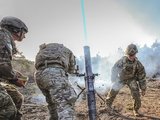
The company’s mortar trainer received improvements based on soldier’s feedback.
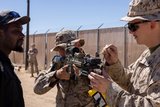
The company will operate in two new locations in the coming years to better support US services.

This type of tool provides more realistic training easing the incorporation of new scenarios that accurately represent the threats of the battlefield.
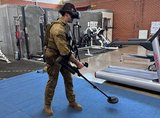
The Engineering Corps has been conducting individual instruction using FLAIM Systems’ Sweeper and should start collective deployments in 2025.
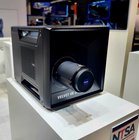
The next-generation platform is motion-compatible and can be used in OTW and NVG applications.
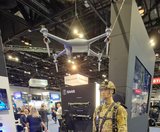
The system can be used to prepare soldiers for both drone offensive operations and CUAS missions.